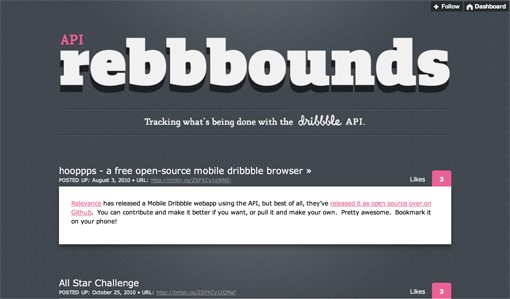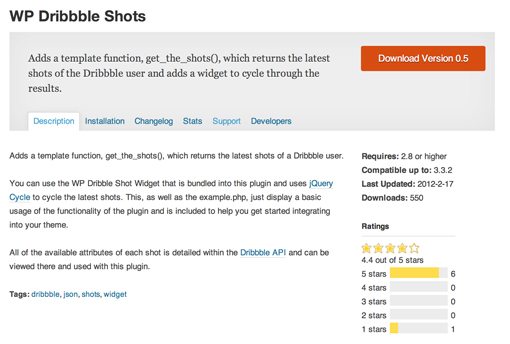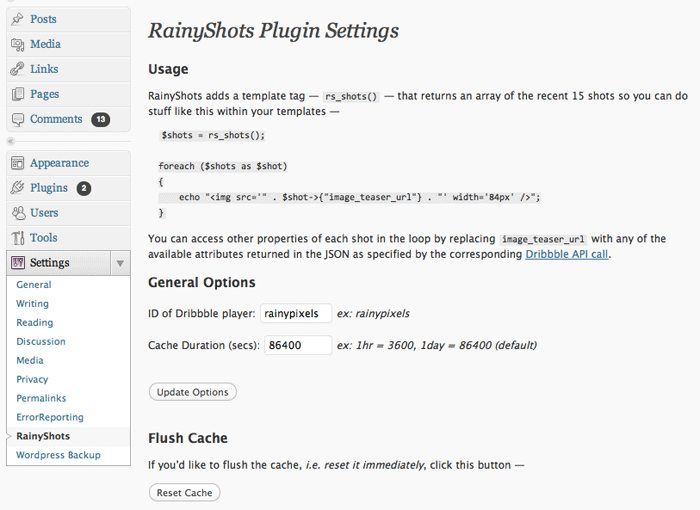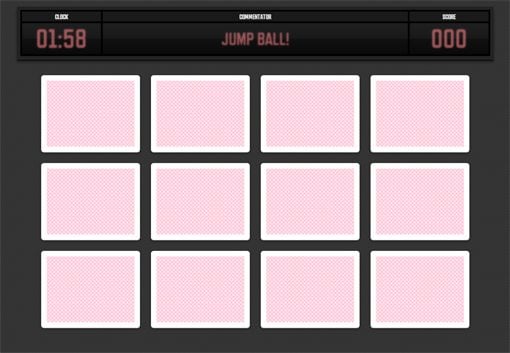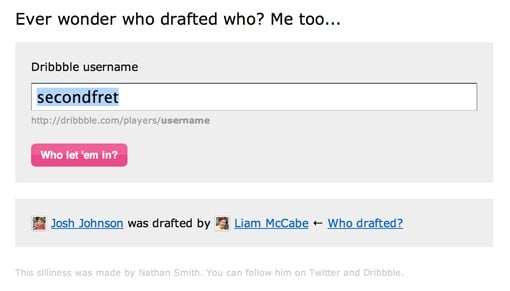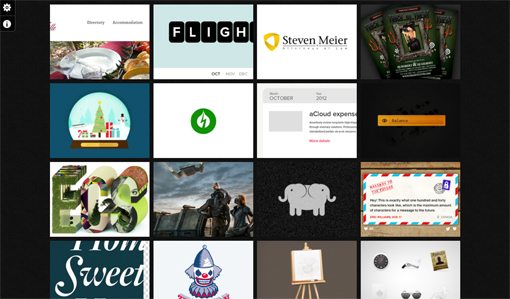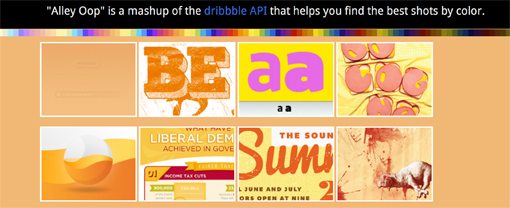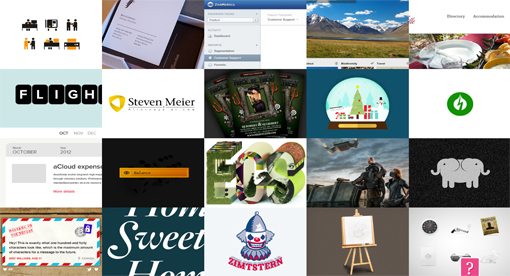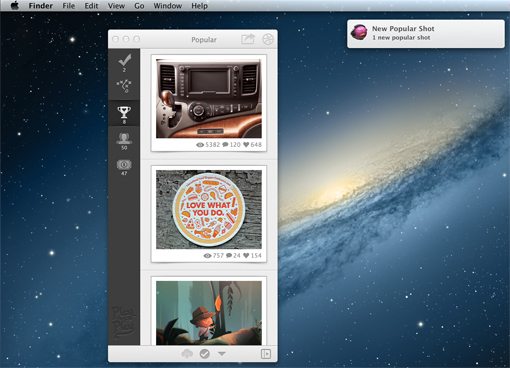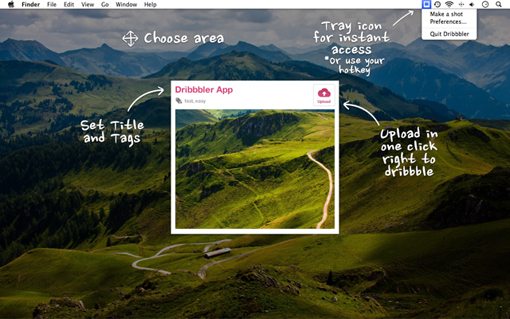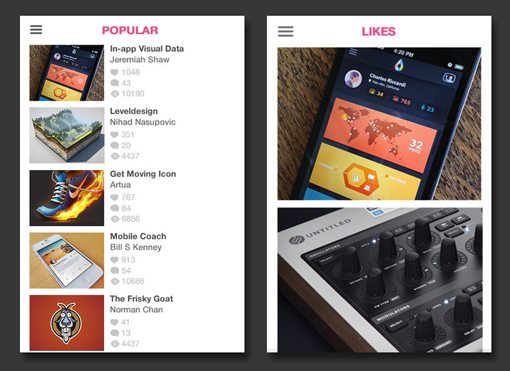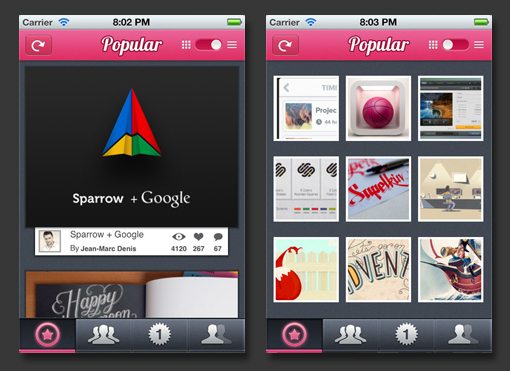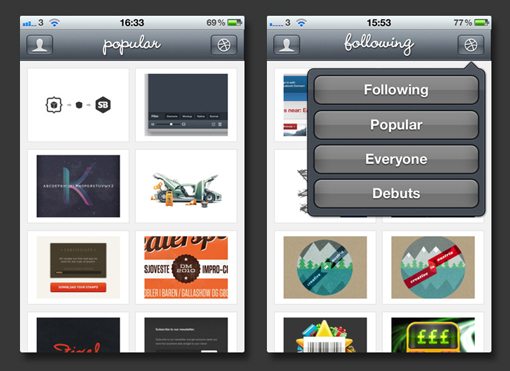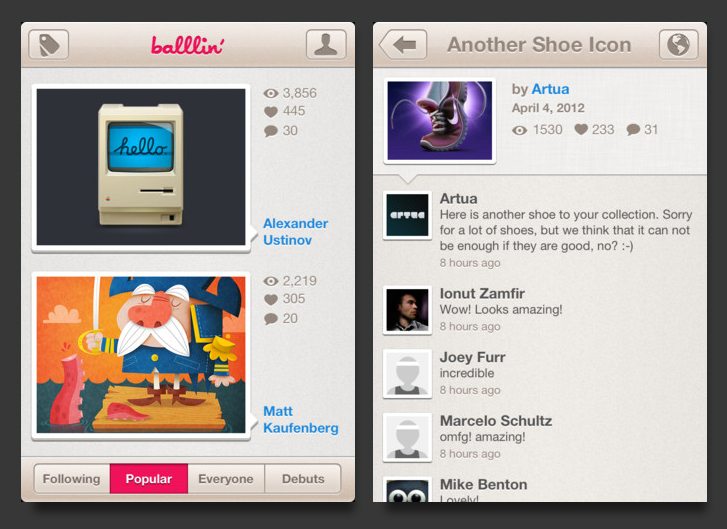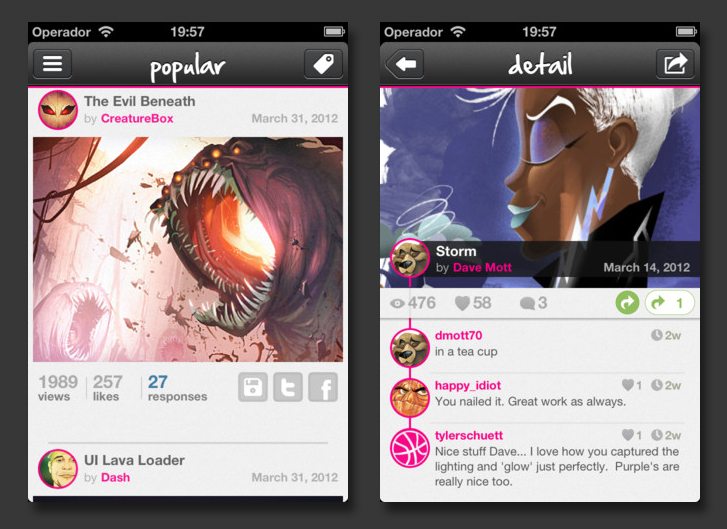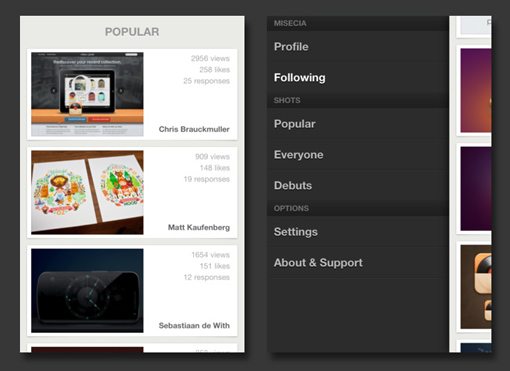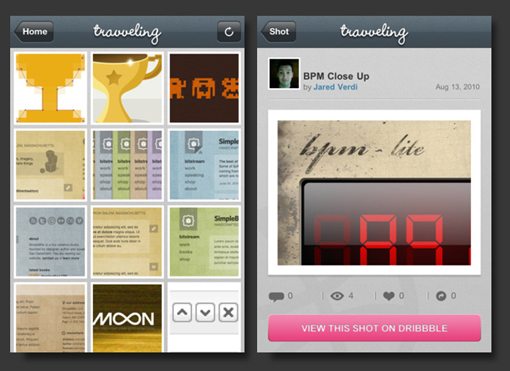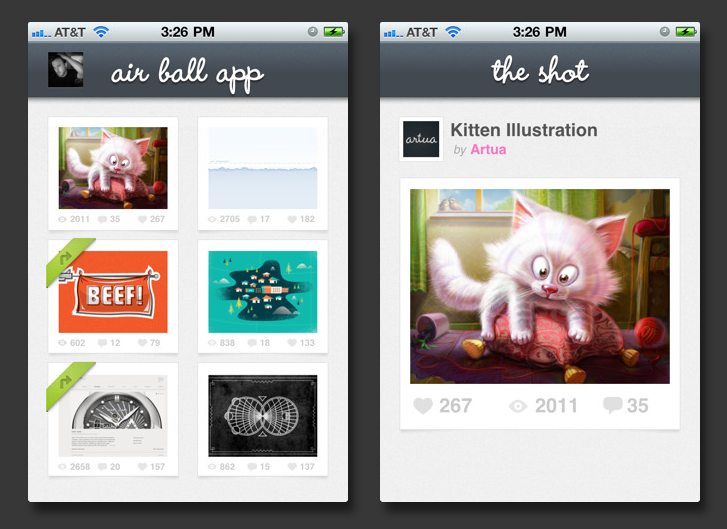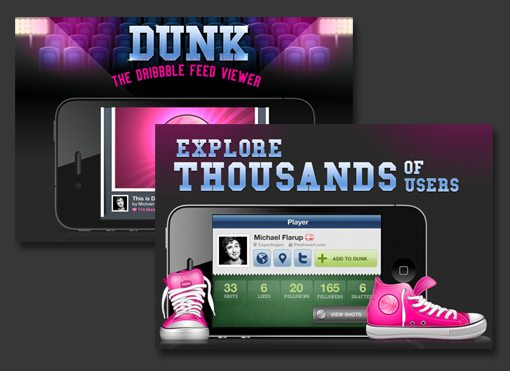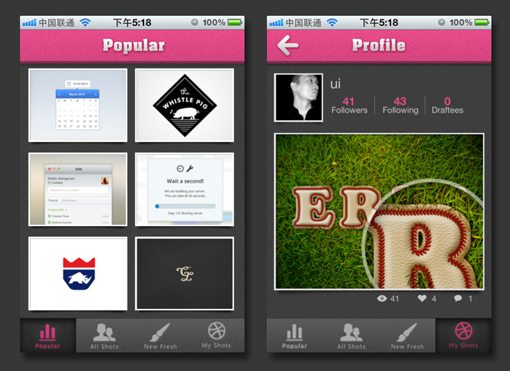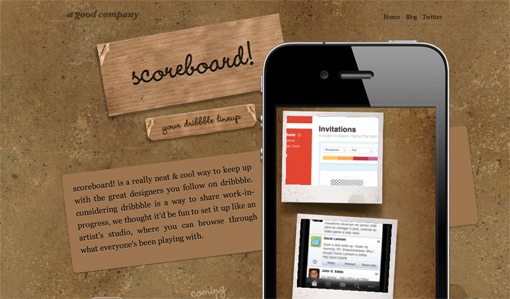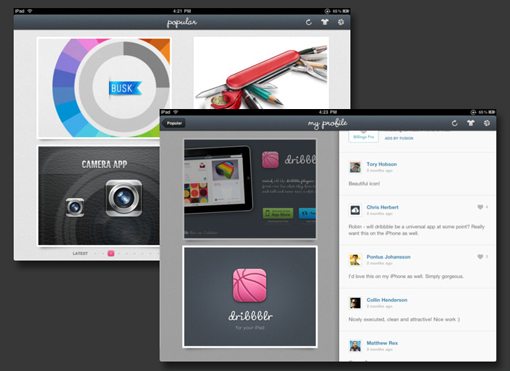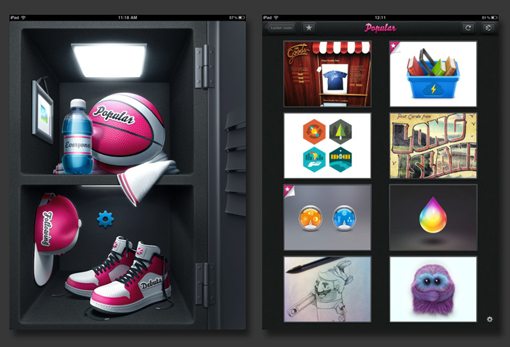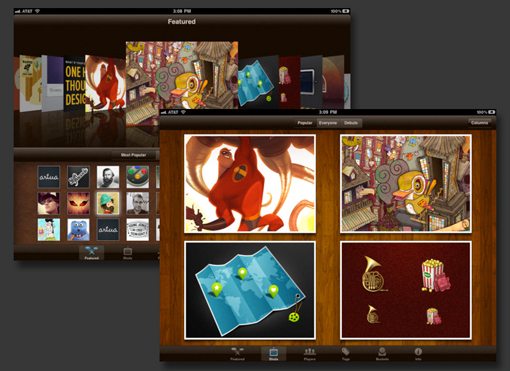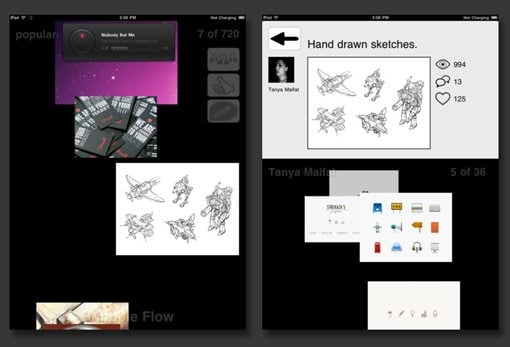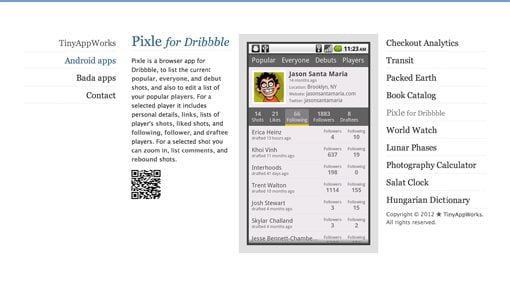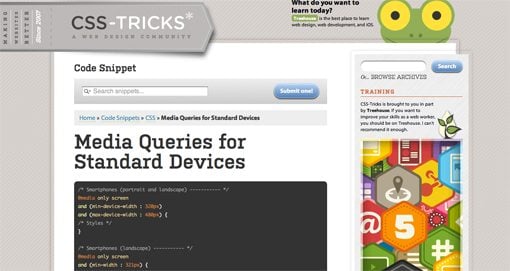
Are you considering creating a real estate website? In this post, we will delve into the reasons why investing in a real estate website is essential, explore different development methods, and highlight the key features that every property website should possess.
While physical contact with clients remains vital for real estate agents, it’s important to acknowledge that the majority of people looking to buy, sell, rent, or lease properties begin their search on websites containing property listings. Therefore, if you own or are planning to establish a real estate agency, it is imperative to recognize that a website is not merely a luxury but a necessity.
Why Building a Real Estate Website Should Be Your Top Priority
There are numerous compelling reasons to allocate your resources toward building a real estate website. Here are some of the most significant ones:
- Enhances Credibility: A well-designed real estate website positions your agency as a knowledgeable specialist within the local market. Displaying testimonials, reviews, and any awards or certificates you hold instills trust in potential clients.
- Expands Reach: Unlike the traditional approaches, a website enables you to reach a much broader audience. Newspaper ads, magazine features, and television commercials may be less effective and more costly compared to online marketing strategies such as pay-per-click campaigns, vlogs, blogs, social media, and affiliate links.
- Improves Conversion Rates: A compelling real estate website presents property information in an engaging manner through high-quality photos, videos, virtual reality (VR), augmented reality (AR), and other modern technologies. This means that clients often do not need to meet an agent in person and can ask questions through live chat. This saves you time and effort while generating leads effortlessly.
In addition to boosting credibility, effortlessly generating leads, and promoting your agency to a larger pool of potential clients, a real estate website allows you to stay ahead of competitors in your niche or, at the very least, remain on par with them.
Now that you understand the significance of a website for your business, let’s explore the three main approaches to building one.
3 Common Approaches to Real Estate Website Development
Approach #1: Custom Development – Unleash Your Creativity

For those looking to create a real estate website that stands out, custom development is the way to go. This approach involves hiring a professional real estate website developer or collaborating with a development agency. While it may be the most expensive option, the investment is well worth it.
With custom development, you have full control over every aspect of your site, from image quality to search filters. You can have a unique theme that sets you apart from the competition. Plus, you’re not reliant on third-party vendors, so making changes or adding features is a breeze.
Approach #2: The Golden Mean – Use WordPress

Another popular option for real estate website development is using a content management system (CMS) like WordPress. WordPress offers easy setup and administration, with a wide range of themes and plugins available. You can customize your property website to include any functionality you desire, from search capabilities to security measures.
While WordPress requires some expertise, our team is here to help. We can assist with everything from UI/UX design to database optimization and custom feature development.
Approach #3: DIY Website Builders

If conquering the world isn’t your aim and you simply need a website to advertise a single property, there’s an option for you – a lego-like tool like Squarespace. Unlike the more advanced methods we discussed earlier, these tools provide basic functionality and a generic appearance.
With a website builder, you don’t need to be a tech wizard to create a real estate website. Just drag and drop elements to their desired locations on your pages, and make adjustments to customize their behavior.
However, these “one-cell” tools have their limitations when it comes to building large, feature-rich real estate websites:
- Adding new functionality or changing the design is often difficult or impossible.
- Your website may end up looking like just another bird in a crowded chicken coop, even with some theme customization.
- You’re restricted by the capabilities of the tool. If you require a specific business feature that isn’t available, you won’t be able to add it.
Therefore, if your real estate agency is serious about outperforming the competition, we recommend the custom approach. But regardless of the method you choose, there are certain essential components that every property website should have. Let’s explore these next.
The Essential Elements of a Real Estate Website
-
Efficient Property Searching

When designing a real estate website, it is crucial to provide users with a fast and convenient way to search for specific properties. Implementing search filters or fine-tuning options is essential to ensure a seamless experience. These filters should include common parameters such as price, location, and floor space, as well as additional options based on local market demands.
For instance, if there is a concern about industrial objects in the area, consider adding a checkbox filter for that specific requirement. Additionally, offering the ability for registered users to save their search results can help attract more leads.
-
Informative Property Descriptions

While text descriptions are important, a real estate website should go beyond that. To engage users effectively, high-quality visuals are crucial. High-resolution images are essential components of property listings.
However, it is important to optimize the images for web use to avoid impacting website performance. Using plugins or consulting with WordPress development experts can help achieve this.
To enhance property listings further, consider incorporating features such as interactive maps to showcase the property’s location and amenities, videos that provide a comprehensive view of the property, and AV/VR technology to offer an immersive experience for potential buyers. These additional features can elevate the overall user experience and make the website stand out in a competitive market.
-
A Tool to Determine the Value of a Property

A top-notch real estate website should feature handy calculators.
No matter how enticing a property may appear, potential home buyers would likely hesitate if they couldn’t afford it. On the contrary, if they discover that the price aligns with their budget, you can expect a higher conversion rate.
That’s why it’s prudent to incorporate a tool for calculating property value when designing a real estate website. There are various types of calculators available. For example, one allows users to determine whether purchasing a home is more or less expensive than renting it for a specific duration.
-
Customer Testimonials

Trust is paramount in the real estate industry. So, how can you instill trust in your prospects? By highlighting what your clients have to say about your services. Therefore, when developing a real estate website, make sure to include a dedicated section for testimonials.
Make this section dynamic, rather than static, so that you can include as many reviews as possible. If feasible, consider adding a photo of the respective homebuyer or seller who provided the feedback.
If you have received awards, certificates, or other credentials that validate your expertise and experience, consider including their logos or photos too.
-
Effective Calls-to-Action

Incorporate a call-to-action button with each property description.
When we talk about “something to act on,” we’re referring to a call-to-action (CTA) button. After conducting research on your real estate website, it should be easy for clients to connect with you or an agent. Therefore, include a CTA button not only in the header but also within each property description. This will significantly increase your chances of generating more leads.
Choose appropriate wording for the button, such as “GET IN TOUCH,” “LET’S MAKE A DEAL,” or other compelling phrases. Opt for a color that stands out from the rest of the page or section. Additionally, provide your contact information alongside each property description on every page, not just in the footer and header.
Final Thoughts
Creating a real estate website is a smart move for any agency. It serves as a powerful marketing tool that attracts new leads, converts them into clients, and adds credibility to your real estate business.
You have the option to use do-it-yourself tools or a CMS to build a simple real estate website. However, if you want to maximize the value of your site, consider custom development. This will give you a unique-looking resource that meets your specific business needs and gives you full control.
A good real estate website should allow home buyers and other participants to easily search for properties and access detailed listings with high-resolution images, quality videos, and maps. It should also provide them with the ability to evaluate their preferred property, read reviews from other clients, and effortlessly contact an agent.
In short, when creating a real estate website, always prioritize the needs of your prospects. Make sure they can navigate the entire process effortlessly and reach a successful deal without any hassle.
















